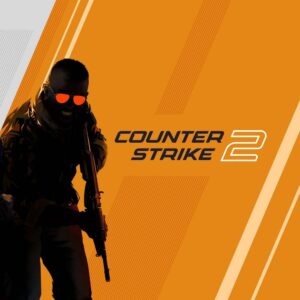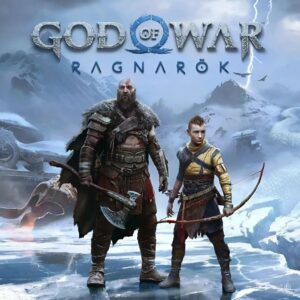A Cheesy Twist for Horizon 3? How Forbidden West Paved the Way for a Dark Aloy.
Popular Now
 PUBG Mobile
PUBG Mobile
 Counter-Strike 2
Counter-Strike 2
 Minecraft
Minecraft
 FIFA 23
FIFA 23
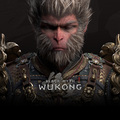 Black Myth: Wukong
Black Myth: Wukong
 Minecraft
Minecraft
 Fall Guys
Fall Guys
 BeamNG.drive
BeamNG.drive
 Schedule I
Schedule I
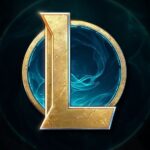 League of Legends
League of Legends
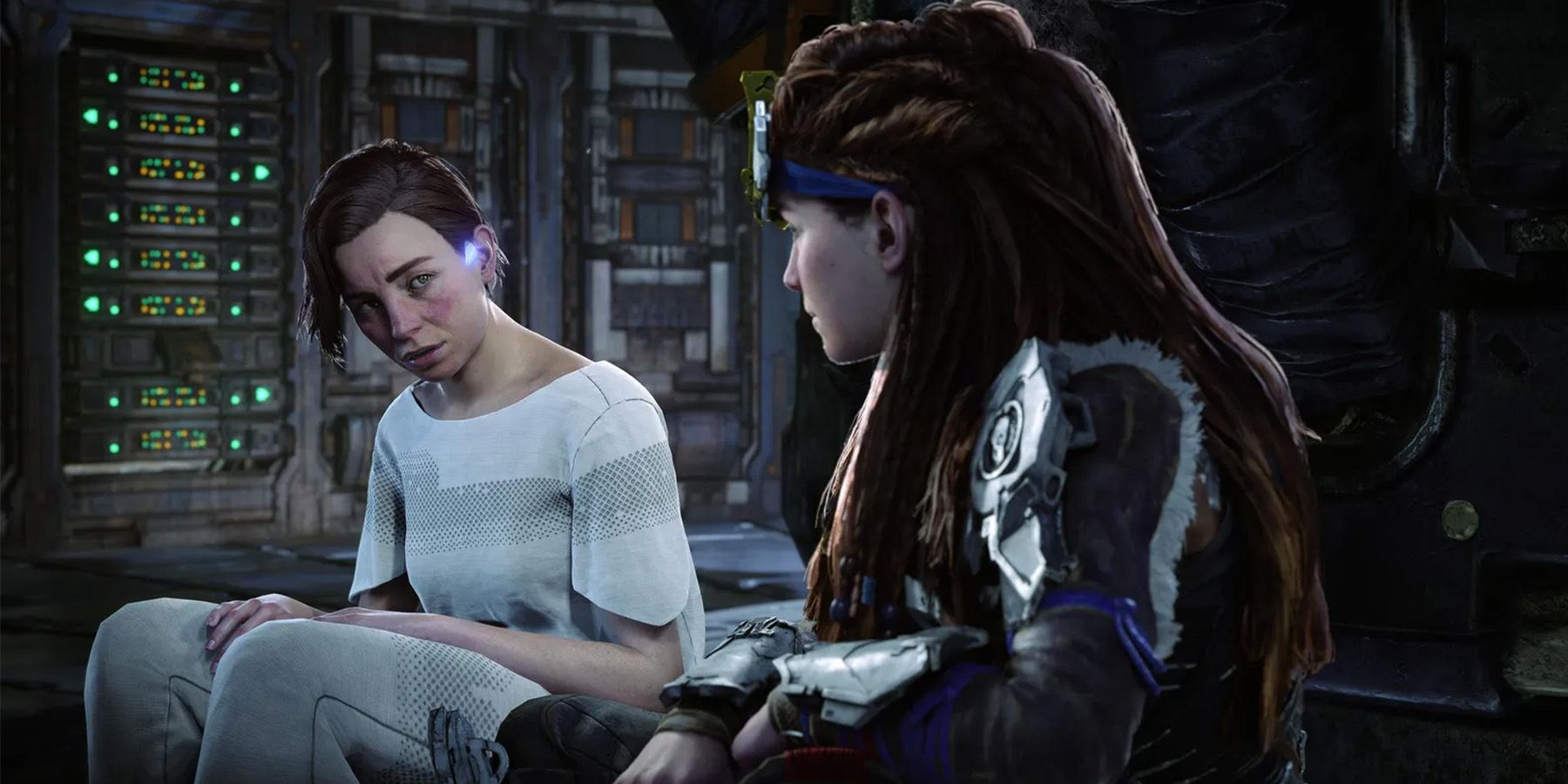 The finale of Horizon Forbidden West and its Burning Shores expansion left players with a monumental cliffhanger: the arrival of Nemesis, a rogue AI created by the Far Zeniths. This cosmic threat, a “digital ghost” filled with the collective rage and memories of the Zeniths, is now hurtling towards Earth with the sole purpose of wiping out all life. While this sets the stage for an epic final battle in the third and concluding chapter of the trilogy, a compelling fan theory suggests a more personal and, some might say, “cheesy” twist is also in the works: the introduction of an evil or “dark” Aloy.
The finale of Horizon Forbidden West and its Burning Shores expansion left players with a monumental cliffhanger: the arrival of Nemesis, a rogue AI created by the Far Zeniths. This cosmic threat, a “digital ghost” filled with the collective rage and memories of the Zeniths, is now hurtling towards Earth with the sole purpose of wiping out all life. While this sets the stage for an epic final battle in the third and concluding chapter of the trilogy, a compelling fan theory suggests a more personal and, some might say, “cheesy” twist is also in the works: the introduction of an evil or “dark” Aloy.
This theory is not simply based on conjecture; the groundwork for a malevolent clone has been meticulously laid throughout Forbidden West, particularly in the game’s core themes of identity, cloning, and the conflict between nature and nurture. The game’s narrative repeatedly explores what makes Aloy who she is—not just her genetic code, but her upbringing and the choices she has made. This deliberate focus on her character arc, combined with the new threat of Nemesis, makes the introduction of a dark Aloy feel less like a far-fetched fan fiction and more like an inevitable narrative conclusion.
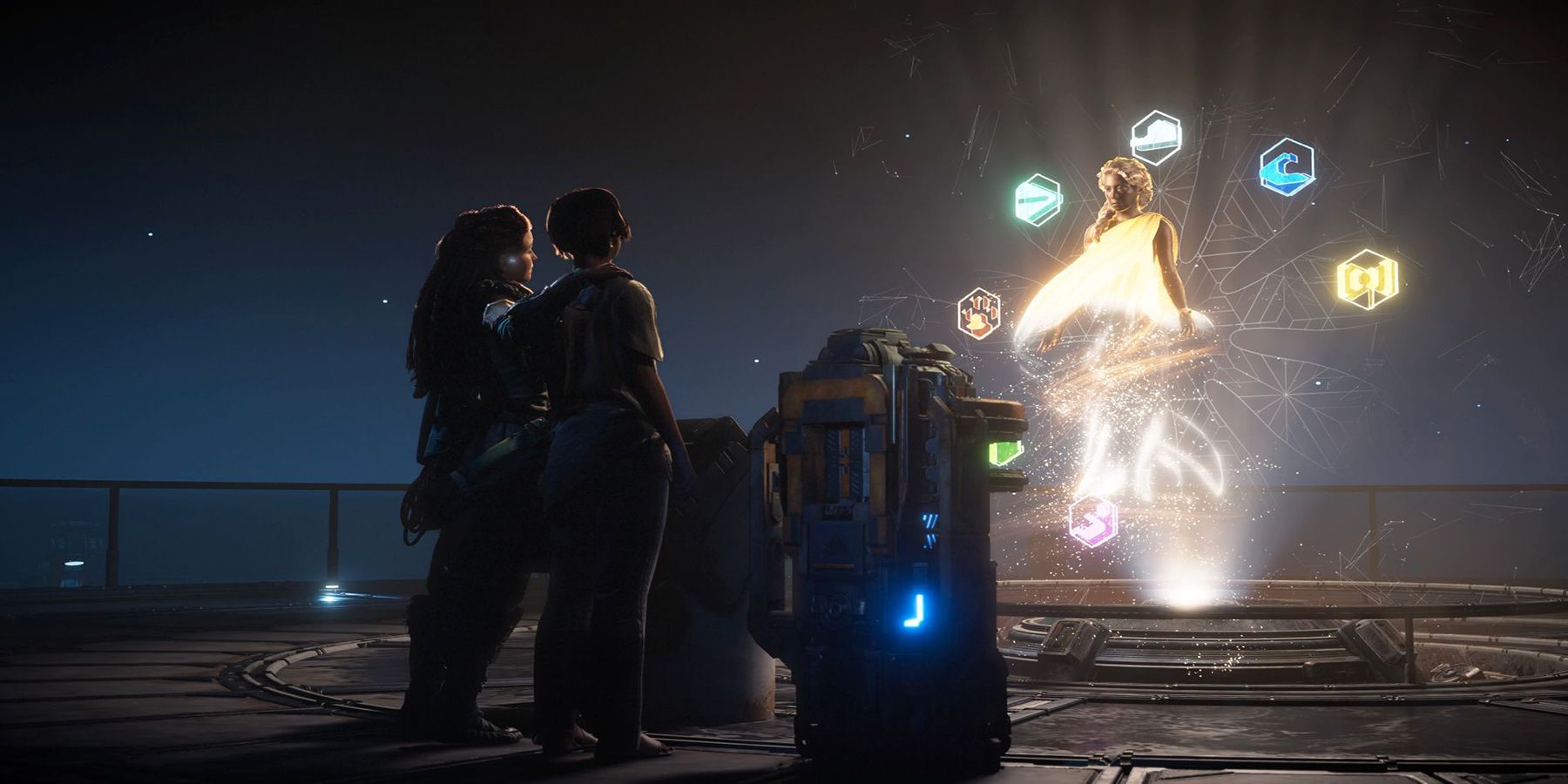 The Clones and the Question of Identity
The Clones and the Question of Identity
The most direct foreshadowing for a dark Aloy is the introduction of Beta, a genetic clone of Elisabet Sobeck and, by extension, Aloy’s biological sister. Beta’s existence serves as a crucial case study in the game’s central theme of “nature versus nurture.” While Beta possesses the same genetic makeup and incredible intellect as Elisabet and Aloy, her upbringing was a stark contrast. Raised in isolation by the Zeniths and treated as a tool, she is timid, anxious, and lacks the drive and resilience that define Aloy. Her character arc is a powerful argument that genetics alone do not make the person; environment and experience are just as, if not more, important.
This dynamic creates the perfect narrative space for a third clone. A “dark Aloy” could be a new clone created by Nemesis, a being whose sole purpose would be to defeat Aloy. Nemesis, having all the knowledge and memories of the Far Zeniths, would understand the power of Elisabet Sobeck’s genetic code. It could create a clone not just to be a physical match for Aloy, but also to be a psychological one. This clone would represent a twisted version of what Aloy could have become had her life taken a different, more malevolent path. It would be a villain that is not just a machine, but a reflection of Aloy’s own potential for darkness.
Nemesis, the Digital Ghost, and the Ultimate Weapon
Nemesis is a fascinating villain because it is not just a simple AI; it’s an amalgamation of the Far Zeniths’ uploaded minds, a collective of consciousnesses driven insane by centuries of isolation and neglect. It’s a villain with a memory and a deeply personal hatred for its creators, and by extension, all humanity. Nemesis’s creation was a failed attempt at digital immortality, and its eventual goal is to wipe out all life on Earth.
To achieve this, Nemesis would need the ultimate weapon. While it could create a horde of terrifying machines, the most effective tool for defeating Aloy would be something she can’t easily fight: a perfect copy of herself. This dark Aloy, imbued with the Zeniths’ collective knowledge and malevolent drive, would be a perfect ideological foil. She could challenge Aloy’s core beliefs and force her to confront the more complicated aspects of her own identity. This would elevate the final game from a simple “save the world” plot to a deeply personal, philosophical battle for humanity’s future.
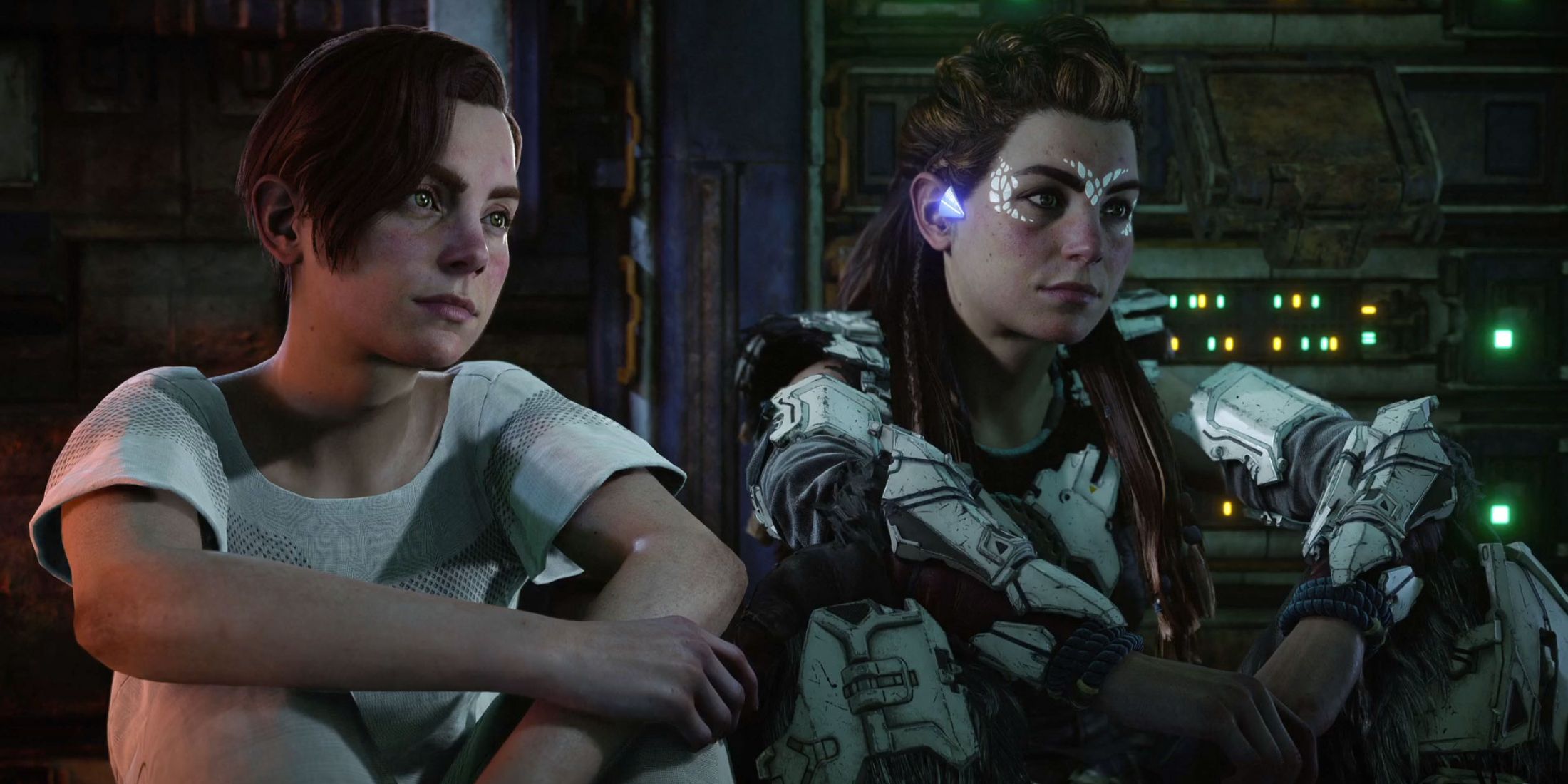 A Necessary Evil? The ‘Cheesy’ Twist That Makes Sense
A Necessary Evil? The ‘Cheesy’ Twist That Makes Sense
While the idea of a “dark doppelgänger” can often feel like a cheesy storytelling trope, in the context of the Horizon series, it is a twist that feels earned. The entire narrative has been a masterclass in building a character from a single genetic code. The introduction of Beta was a critical step in this journey, and a dark Aloy would be the logical conclusion. This final confrontation would not only be a test of Aloy’s strength, but a definitive moment of self-acceptance and a rejection of the darkness that could have been. It would be the perfect thematic conclusion for a character who has spent her entire life trying to understand where she came from and who she is truly meant to be.
As fans eagerly await the official reveal of Horizon 3, the speculation will continue to run wild. But of all the possible plot twists, the idea of a dark Aloy is one that feels both surprising and, in a way, entirely inevitable. It would be a powerful narrative tool to explore the deepest questions of identity and destiny, making the conclusion of Aloy’s journey an unforgettable one.






